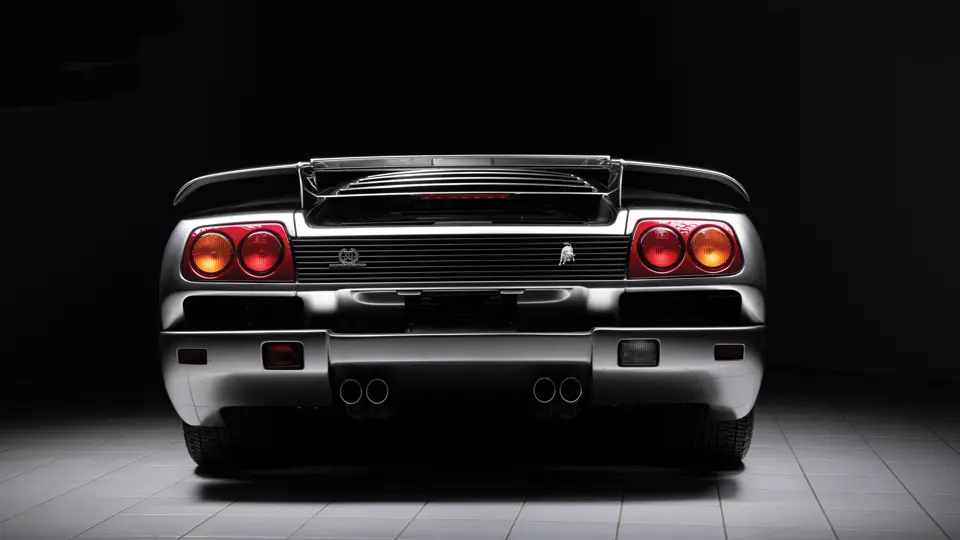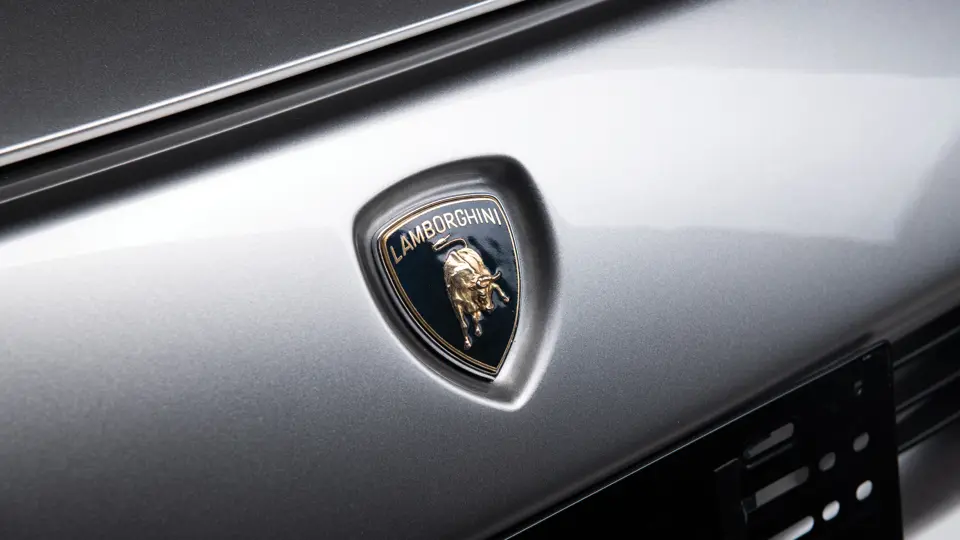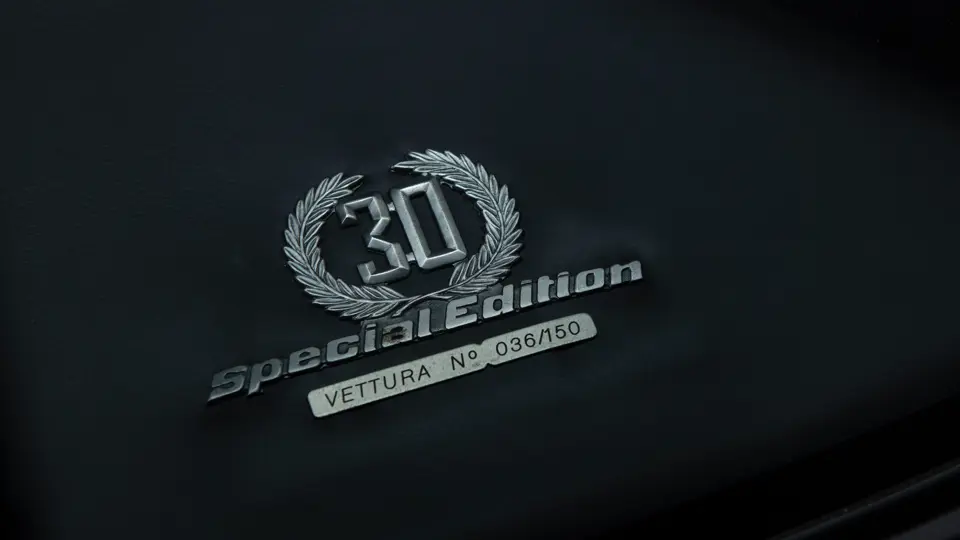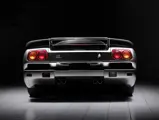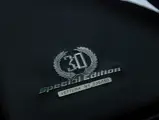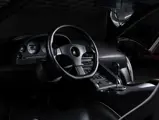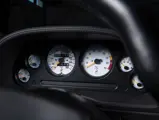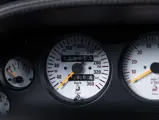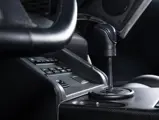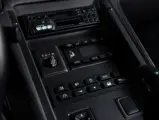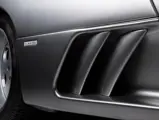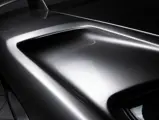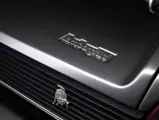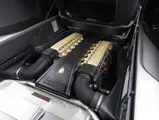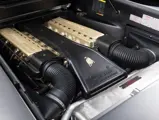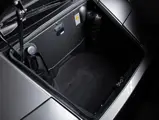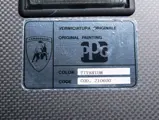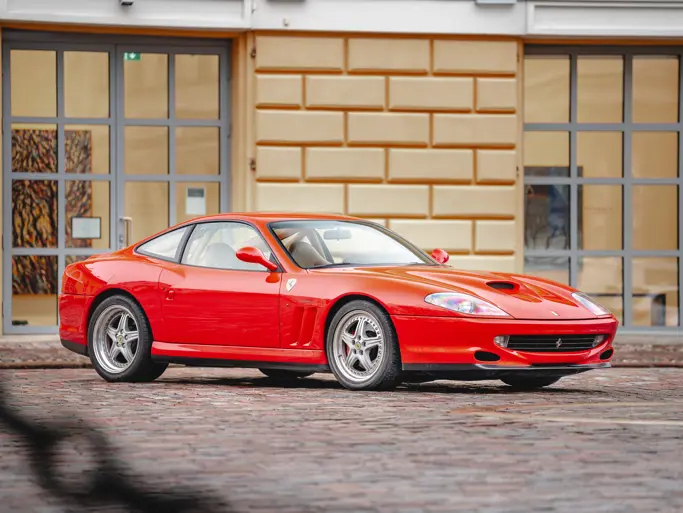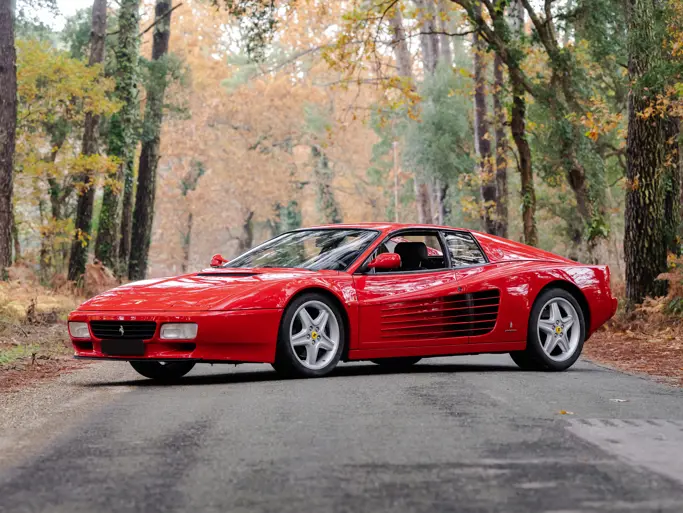
1996 Lamborghini Diablo SE30
{{lr.item.text}}
€395,000 - €495,000 EUR | Not Sold
{{bidding.lot.reserveStatusFormatted}}
- The 36th example of only 150 SE30s produced
- Virtually as new throughout, only 403 km from new
- Accompanied by its original books and tools
- The ultimate ultra-light rear-wheel-drive iteration of the iconic Diablo
- Der 36. von 150 je gebauten SE30
- Praktisch wie neu, nur 403 km Laufleistung
- Mit original Bordbüchern und Werkzeug
- Die ultimative superleichte Heckantriebsversion des legendären Diablo
Ten years after the iconic Lamborghini Countach forever altered the supercar landscape, the company’s engineers in Santa’Agata Bolognese set to work on its replacement. When the Diablo was first revealed in early 1990, critics praised its clean shape and performance nearly as much as they did its big boost in creature comforts. Beneath its rear deck sat a mid-mounted, 48-valve variant of Lamborghini’s dual-overhead cam 5.7-liter V-12 engine with computer-controlled multi-point fuel injection. The engine was good for 485 bhp and 428 foot-pounds of torque, enough to catapult the rear-drive supercar to 100 km/h in just 4.5 seconds.
Lamborghini delayed increasing the Diablo’s straight-line performance until the SE30 debuted in 1993 as a special-edition model celebrating the marque’s three decades. In the three years since the Diablo’s debut, the Ferrari F50 and Bugatti EB110 proved to be fierce competition. In response, Lamborghini boasted that the Diablo SE30 was essentially a street-legal race car with its substantially lightened body and a healthy 48-hp boost in power.
The SE30 retained Lamborghini’s legendary V-12 but featured a revised fuel system, magnesium intake manifolds and a free-flow exhaust that combined to increase output to 525 hp. Unlike the Diablo VT, the SE30 was a raw, rear-wheel-drive machine. Driver-adjustable sway bars controlled by a cabin-mounted switch transitioned the SE30 from firm to race-stiff. Lamborghini turned to carbon fibre for many of the SE30’s body panels, and the company used race-specification brakes to bring its lighter, faster Diablo to a halt.
Unlike some superlight models, the SE30 was the genuine article. It weighed approximately 1,430 kg, a savings of more than 136 kg over the standard rear-wheel-drive Diablo and nearly 181 kg over the all-wheel-drive VT. Lamborghini also eliminated creature comforts such as air conditioning, power steering, the Alpine audio system and the multi-adjustable leather seats. Purposeful carbon fibre seats fitted with four-point racing harnesses held the driver and passenger in place. Even the power windows were removed in favour of fixed plexiglass units with a sliding vent window.
This SE30 has only 403 km from new and presents virtually as new throughout, and the original factory books and tools accompany the car. Finished strikingly in Titan Silver Metallic with a contrasting black and grey interior, this Lamborghini is stunning both in style and condition, presenting a rare opportunity to acquire one of the most desirable and lowest-mileage examples of this coveted supercar in existence.
Zehn Jahre nachdem der legendäre Lamborghini Countach die Supersportwagenszene für immer verändert hatte, machten sich die Ingenieure in Sant’Agata Bolognese an die Arbeit zu einem Nachfolger. Bei der Vorstellung des Diablo Anfang 1990 waren Kritiker begeistert von der klaren Form, den Fahrleistungen und Verbesserungen im Komfort. Unter der Motorabdeckung saß eine mittig eingebaute 48 Ventil-Variante von Lamborghinis 5.7 Liter Doppelnocken-V12 mit computergesteuerter Multipoint-Benzineinspritzung. Gut genug für 492 PS und 580 Nm Drehmoment und einen Sprint von 0 auf 100 km/h in nur 4,5 Sekunden.
Lamborghini ließ sich mit einer Erhöhung der Leistung bis zur Markteinführung des SE30 Zeit, der Lamborghinis 30 Jahre auf dem Markt feiern sollte. In den drei Jahren seit der Diablo-Markteinführung war ihm starke Konkurrenz in Form des Ferrari F50 und Bugatti EB110 erwachsen. Als Antwort darauf brüstete sich Lamborghini mit dem Hinweis, dass der SE30 mehr oder weniger ein straßenzugelassener Rennwagen sei mit einer deutlich leichteren Karosserie und 48 PS mehr Leistung.
Der SE30 behielt Lamborghinis legendären V12, hatte aber ein geändertes Kraftstoffsystem, Ansaugrohre aus Magnesium und eine strömungsoptimierte Abgasanlage für eine Leistungssteigerung auf 525 PS. Anders als der Diablo VT war der SE30 eine raue heckgetriebene Fahrmaschine. Stabilisatoren konnten vom Fahrer vom Innenraum aus von firm auf rennhart umgestellt werden. Für einen überwiegenden Teil der Karosserie des SE30 kam Karbon zum Einsatz, für die Verzögerung verließen sich die Ingenieure auf Rennbremsen, um den leichteren und schnelleren Diablo zum Halten zu bringen.
Anders als andere superleichte Modelle war der SE30 echt, ein Original. Das Gewicht betrug rund 1.430 kg, 136 kg weniger als die serienmäßige Heckantriebsversion, während der SE30 im Vergleich zum Allrad-VT ganze 181 kg weniger auf die Waage brachte. Lamborghini verzichtete hier auch auf Komfortdetails wie eine Klimaanlage, Servolenkung, das Audiosystem von Alpine oder mehrfach einstellbare Ledersitze. Zweckmäßige Karbonschalen mit Vierpunktgurten hielten Fahrer und Beifahrer in Position. Selbst die elektrischen Fensterheber fielen zugunsten von Plexiglasscheiben mit einem kleinen Schiebefenstereinsatz weg.
Dieser SE30 hat nur 403 km gefahren und präsentiert sich praktisch wie neu. Mit dem Fahrzeug kommen die Originalbordbücher und Werkzeug. Der in herrlichem titansilber metallic dargestellte Diablo verfügt über einen Innenraum mit sorgsam abgesetzten schwarz-silbernen Leder. Eine atemberaubende Kombination in Stil und Zustand, eine seltene Gelegenheit, eines der beliebtesten Supercars mit extrem niedriger Laufleistung zu erwerben.
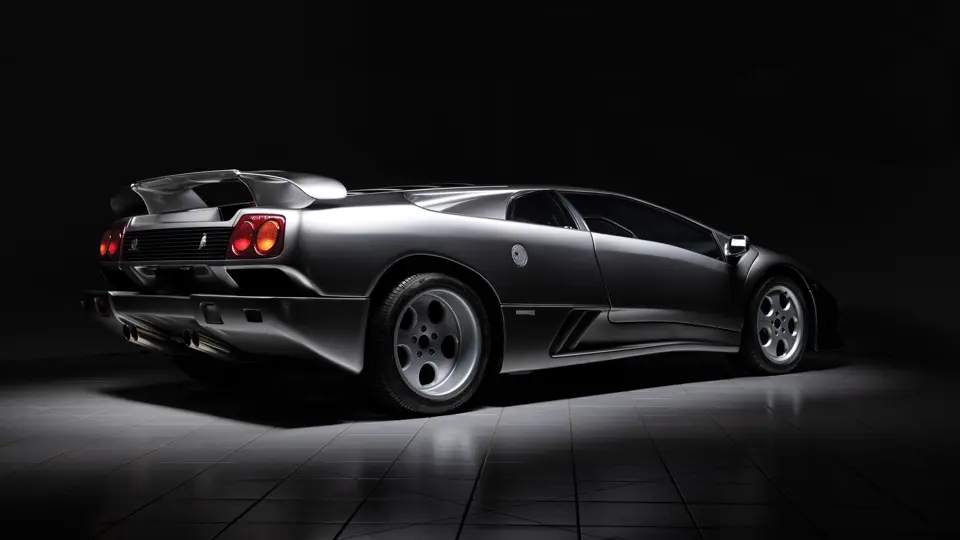

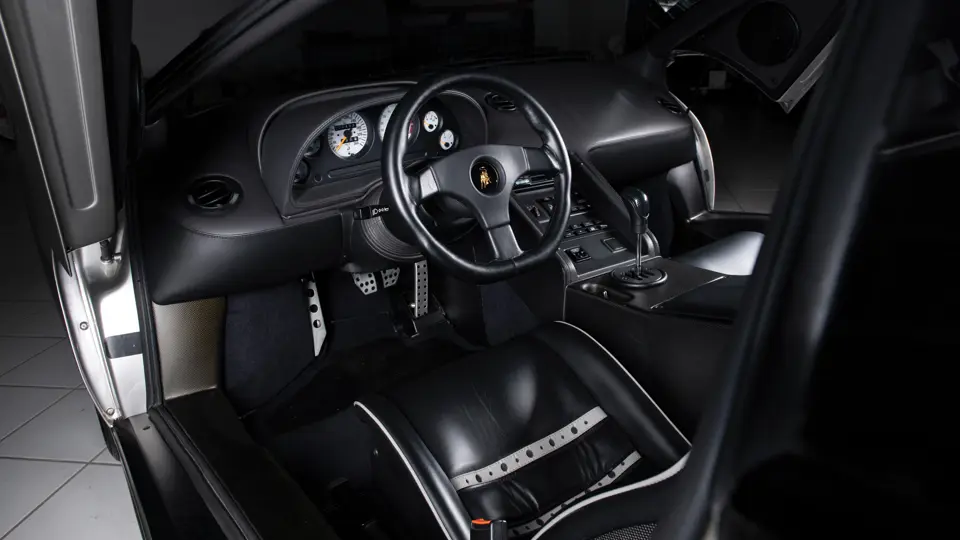

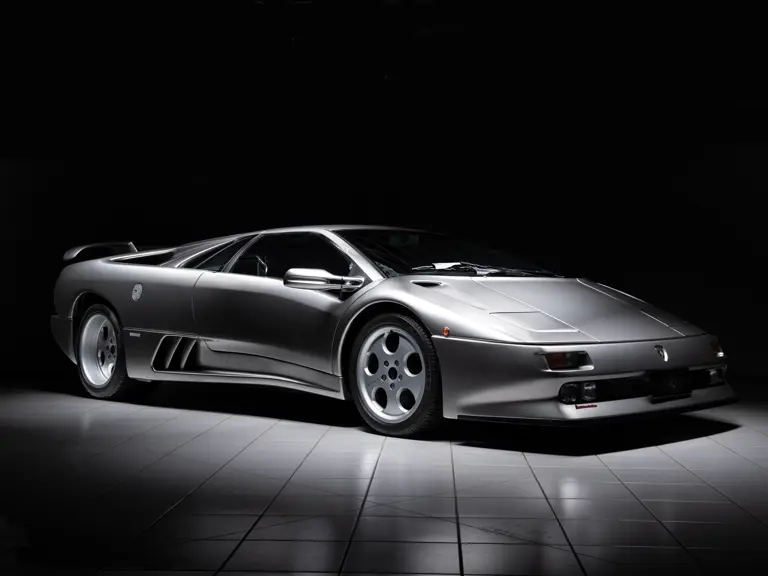
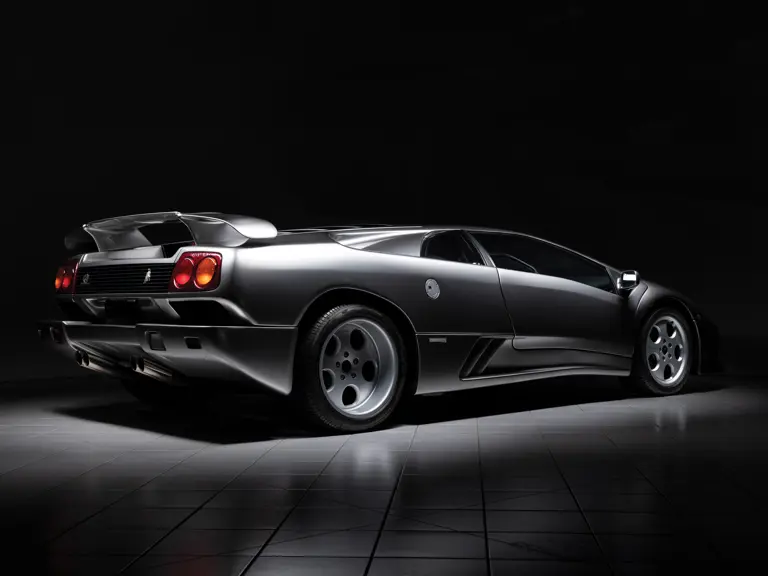

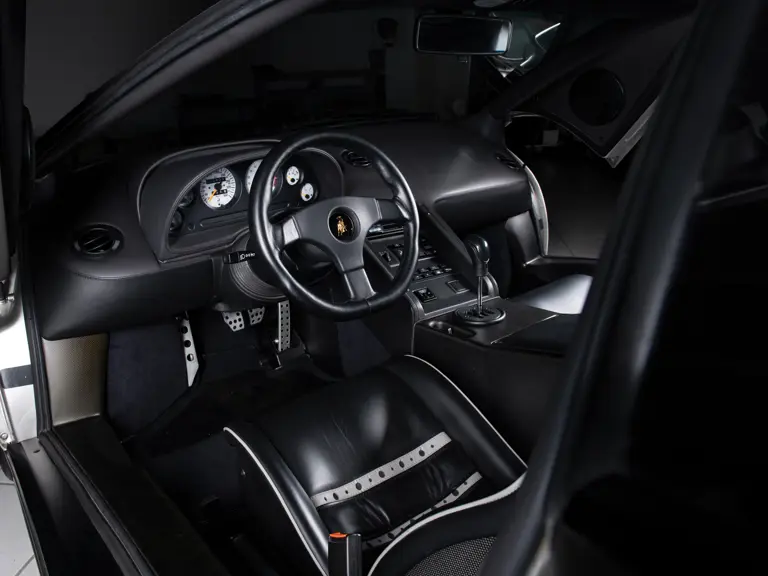

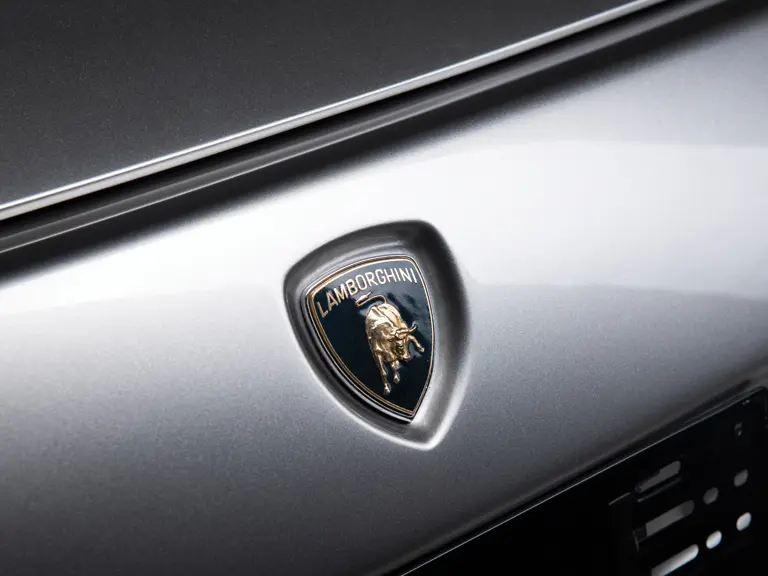
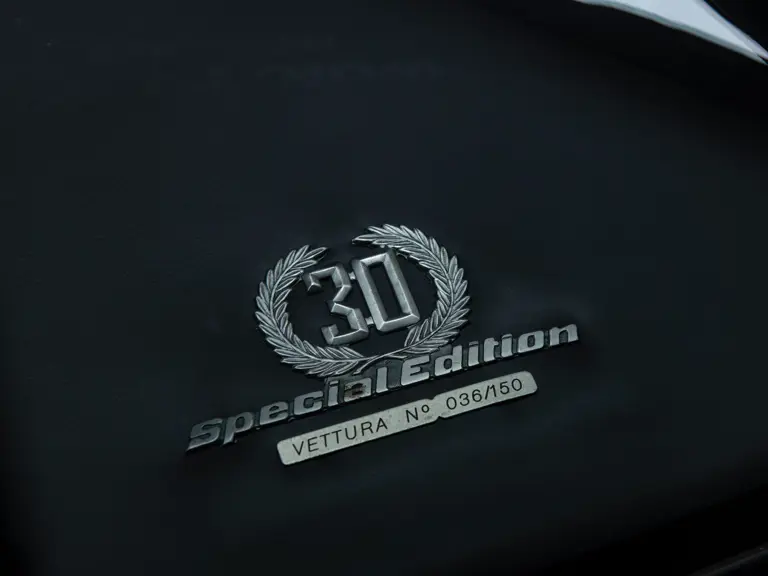
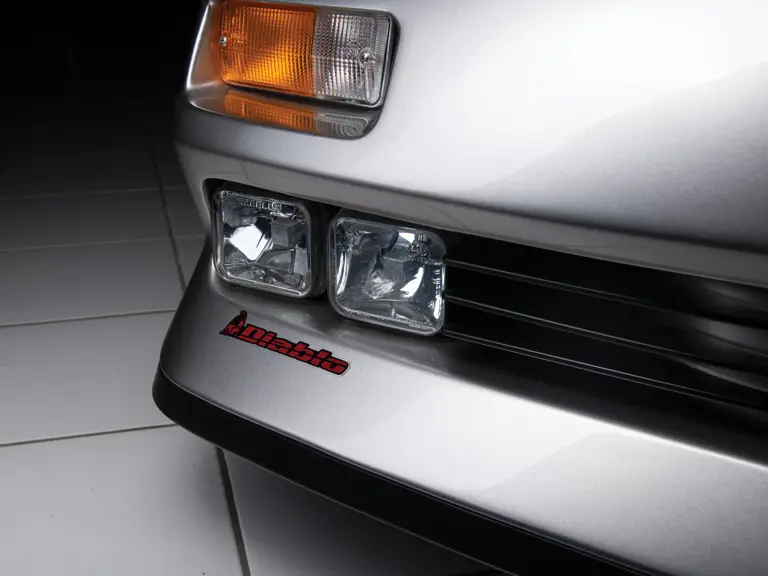
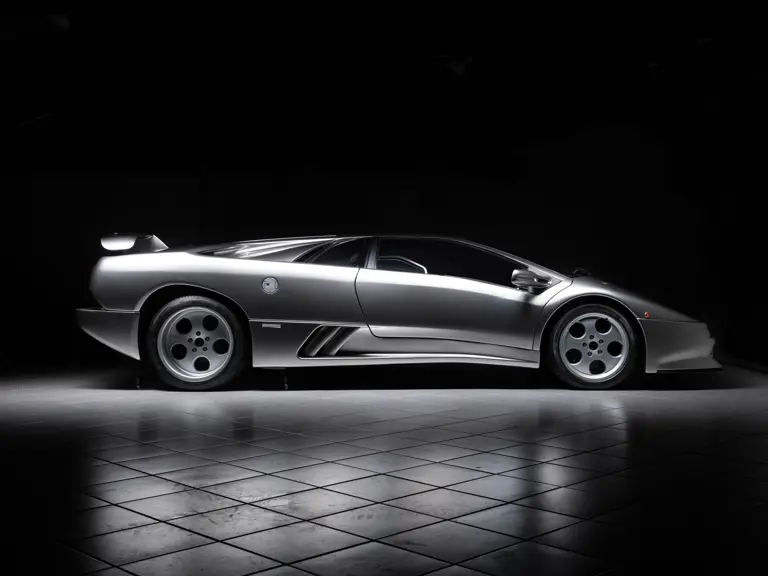
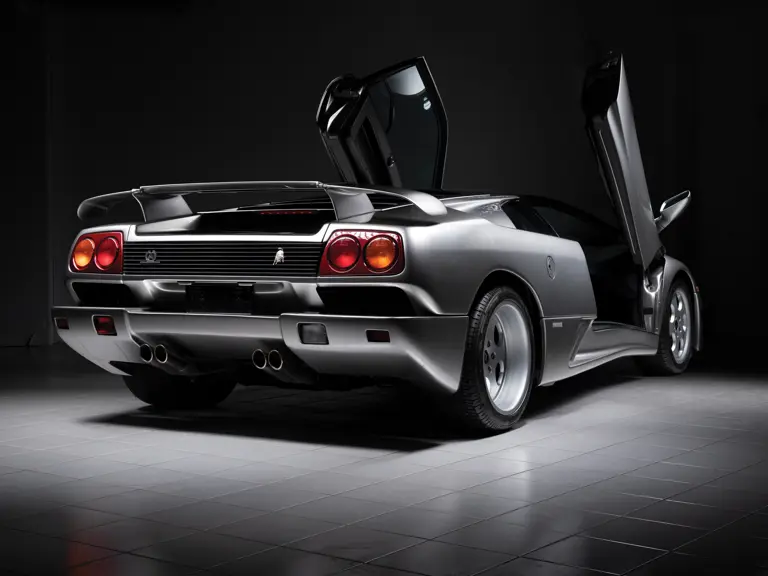
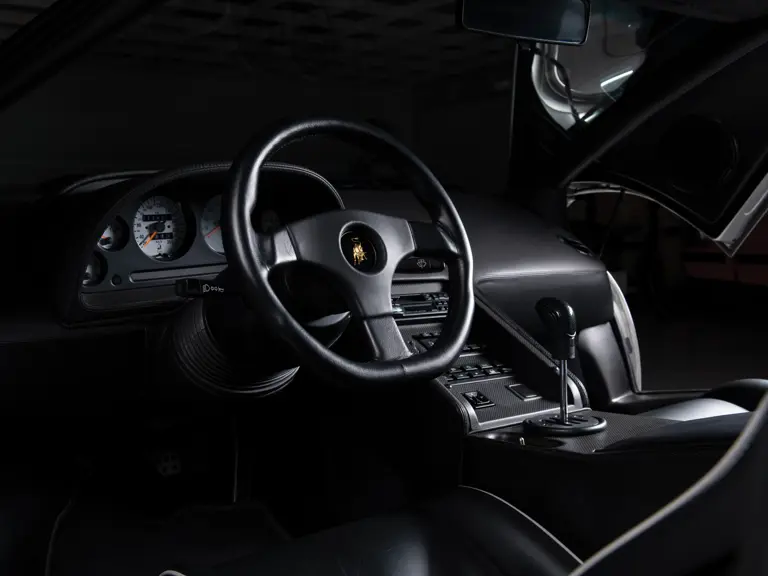

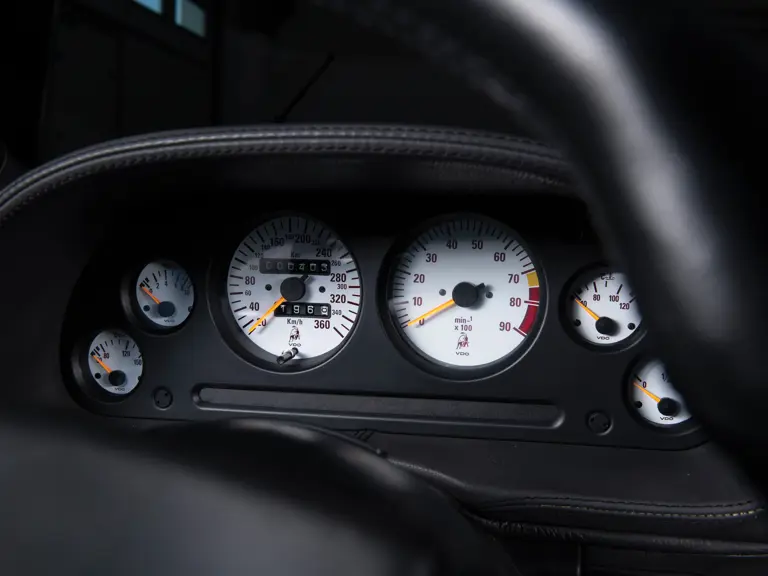

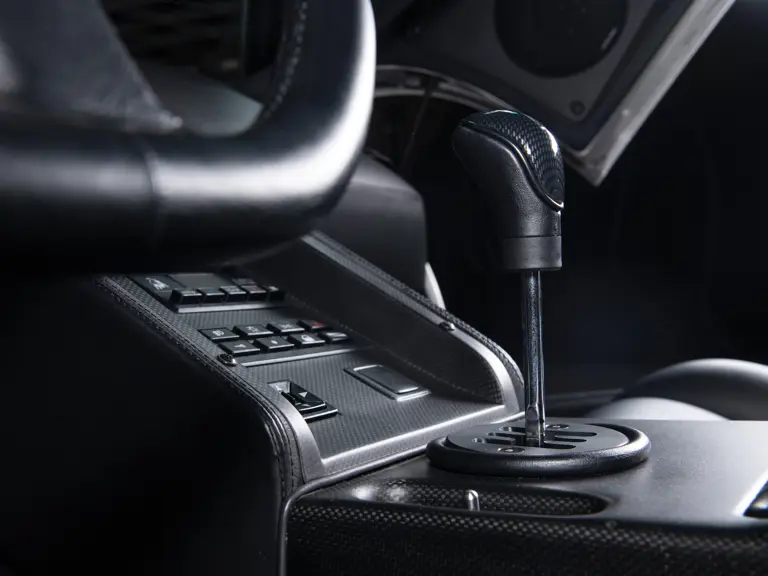
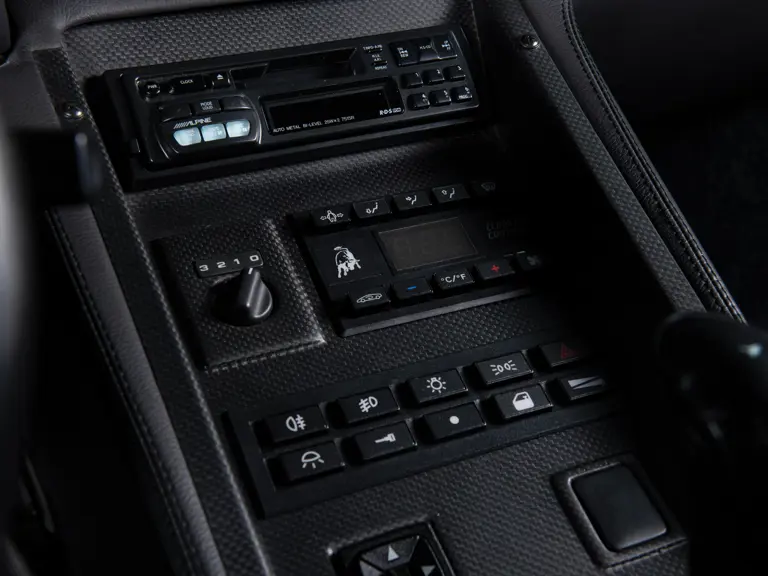
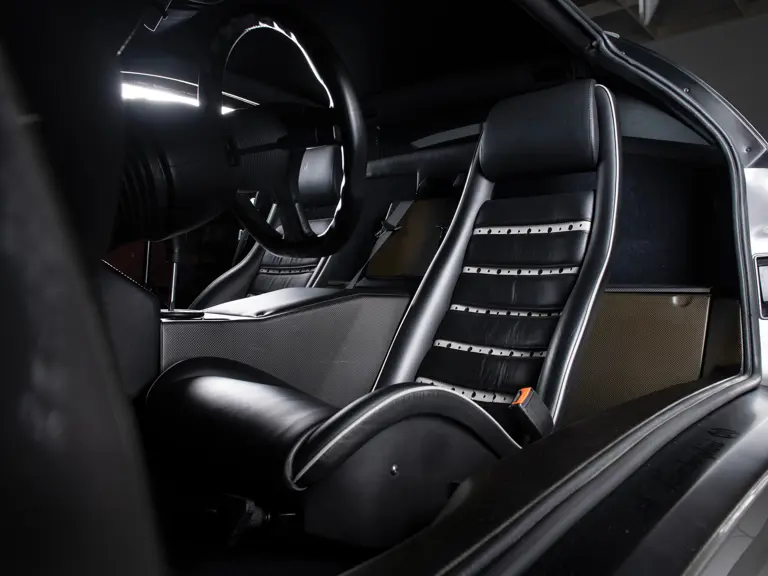
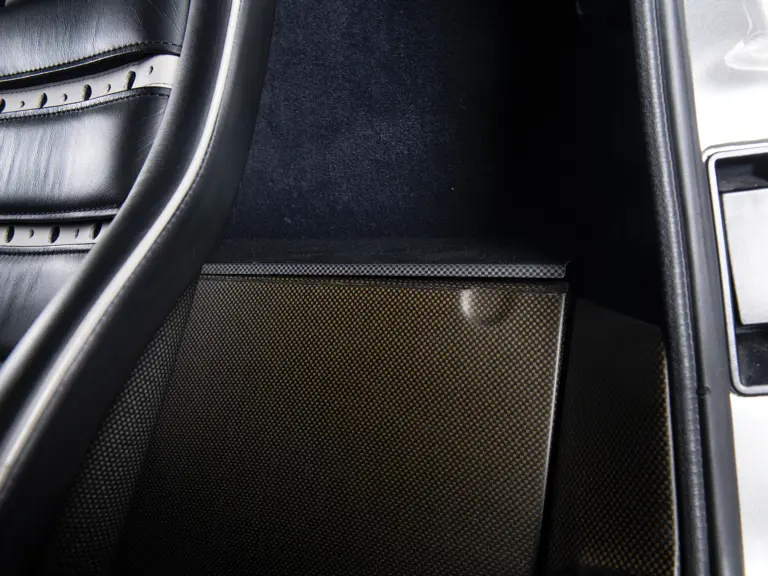
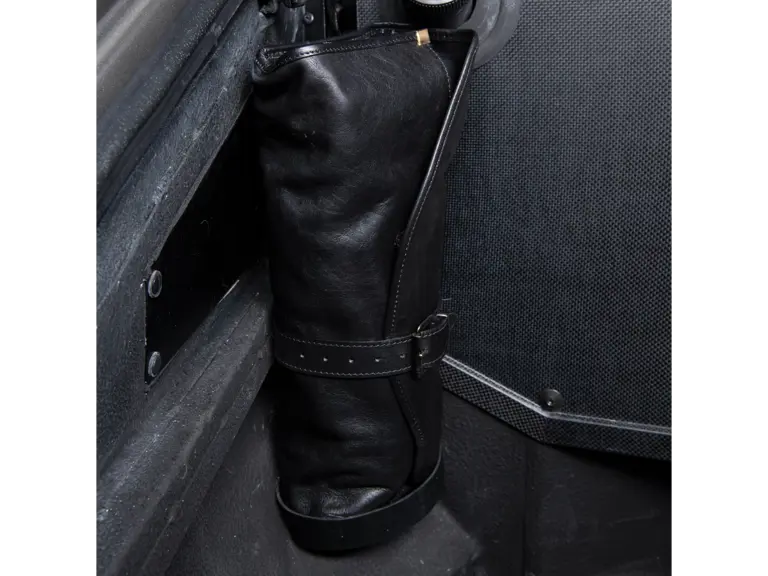
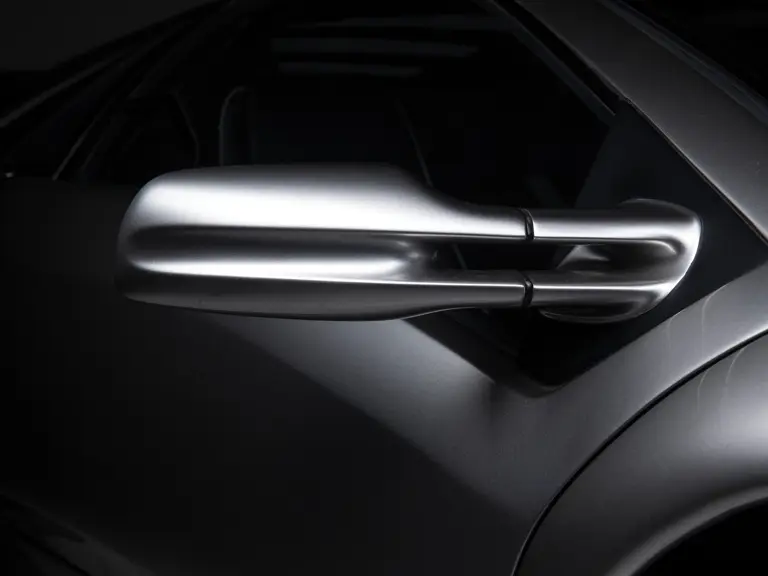
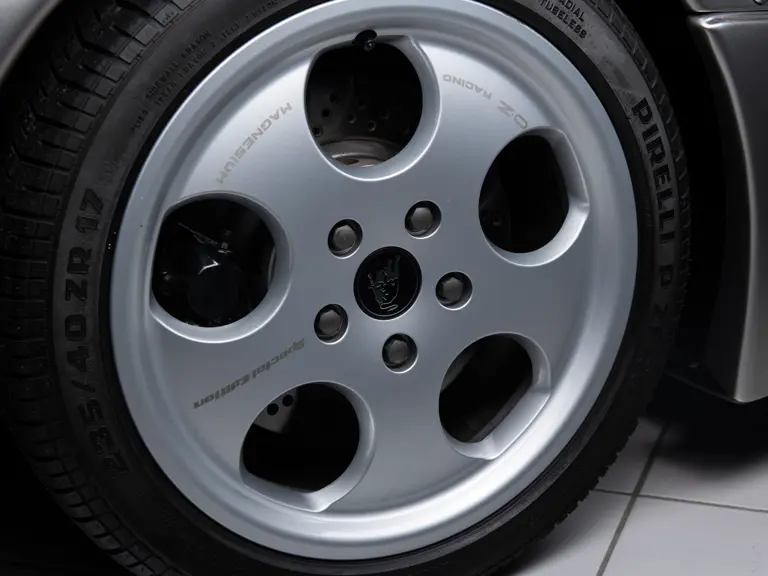
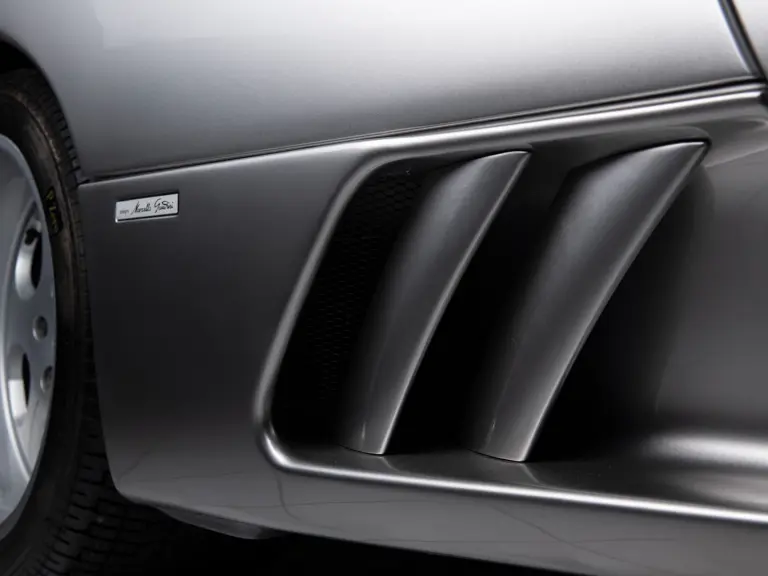
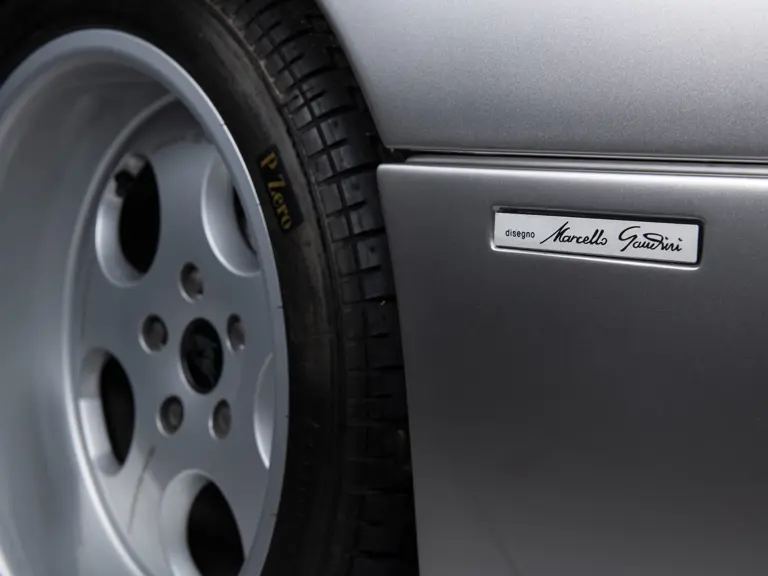

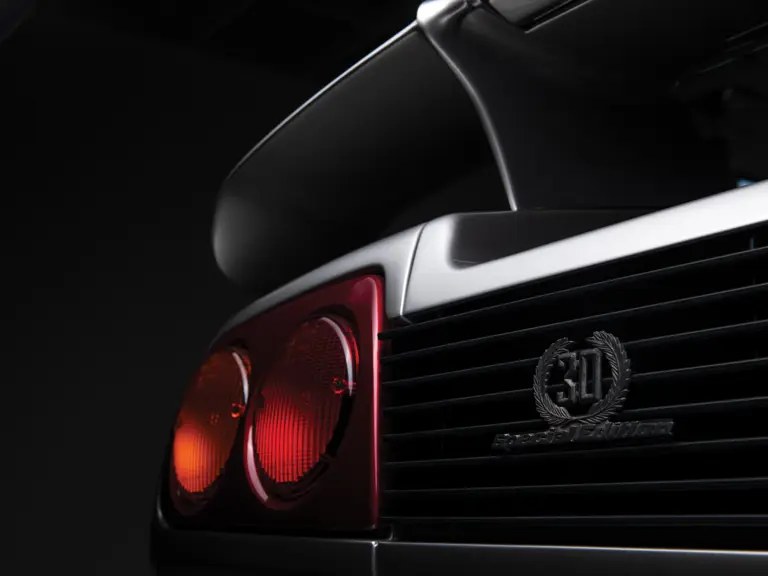
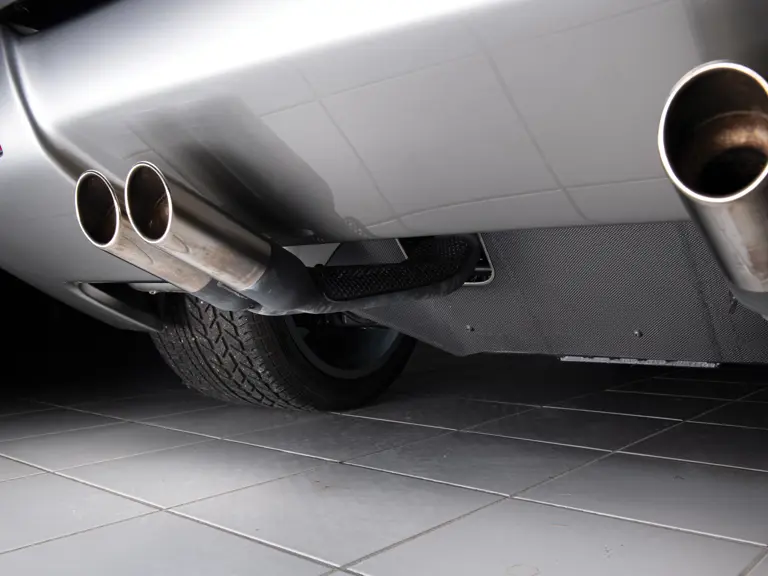
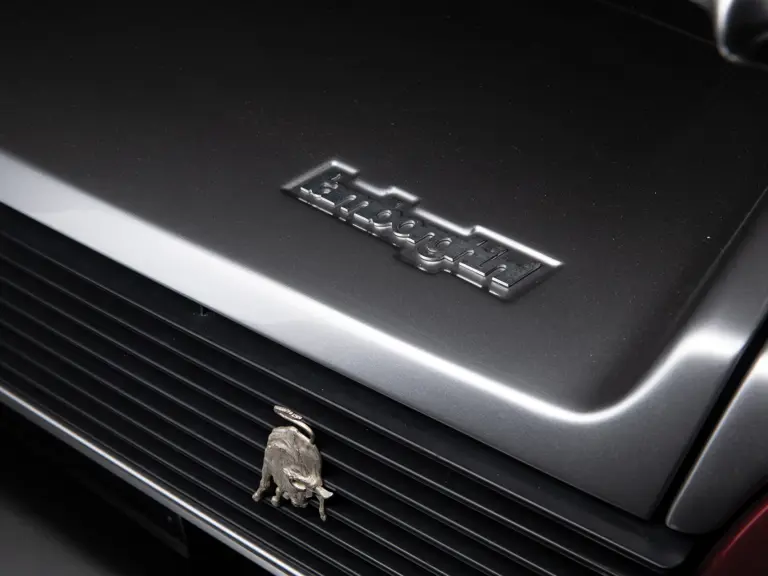
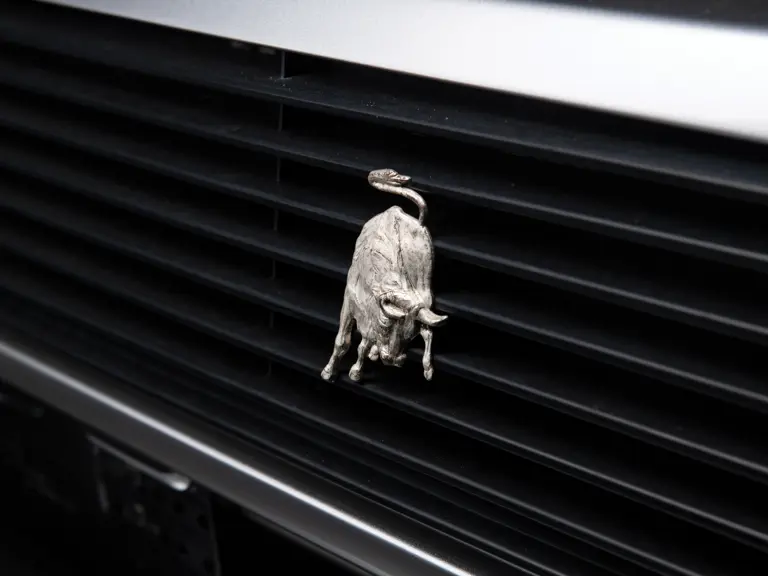
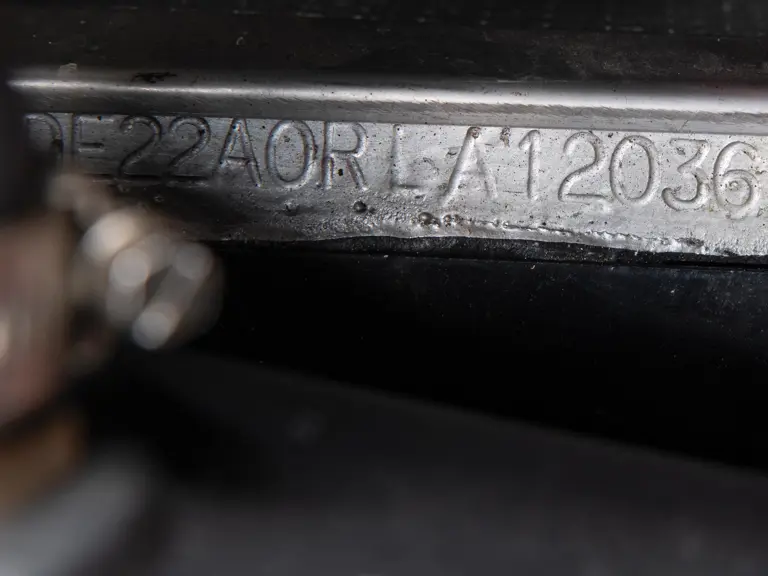
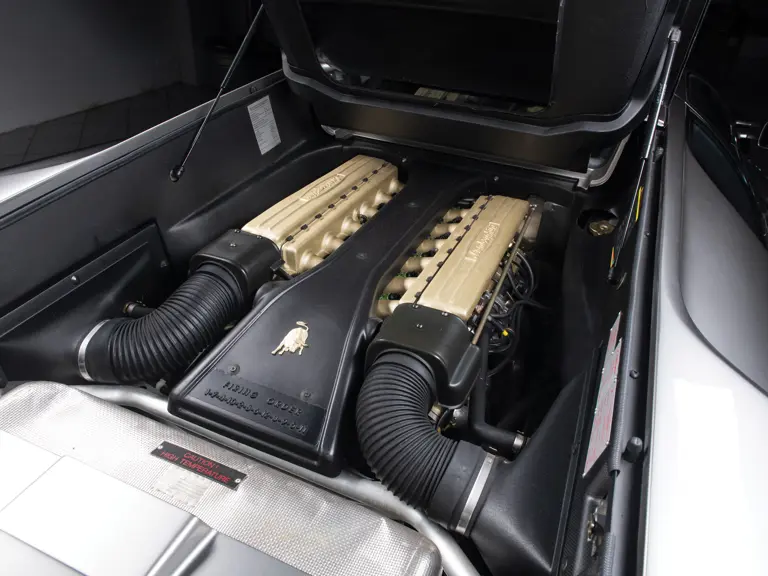
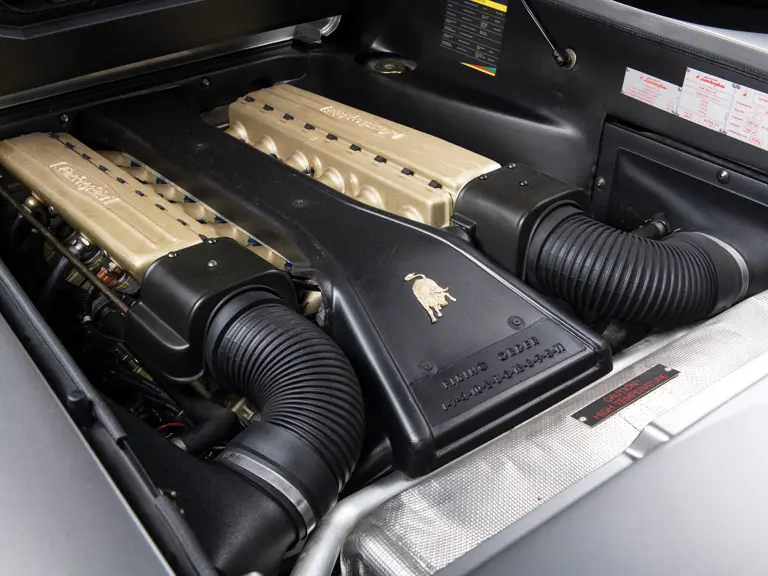
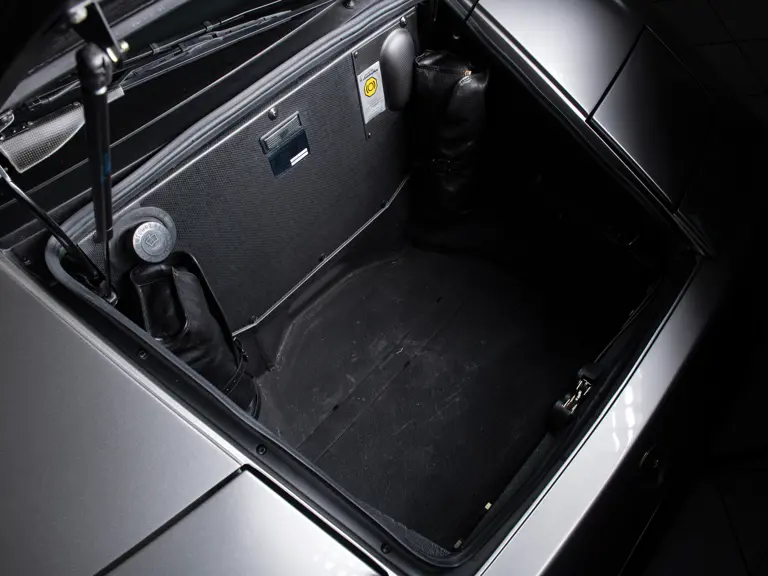

 | Essen, Germany
| Essen, Germany
